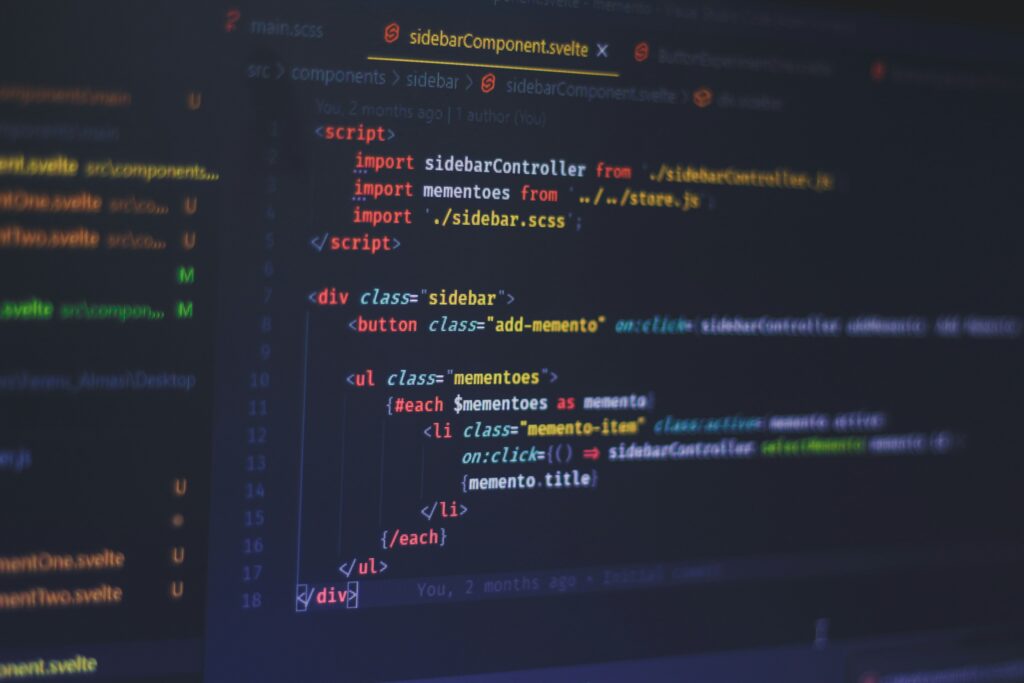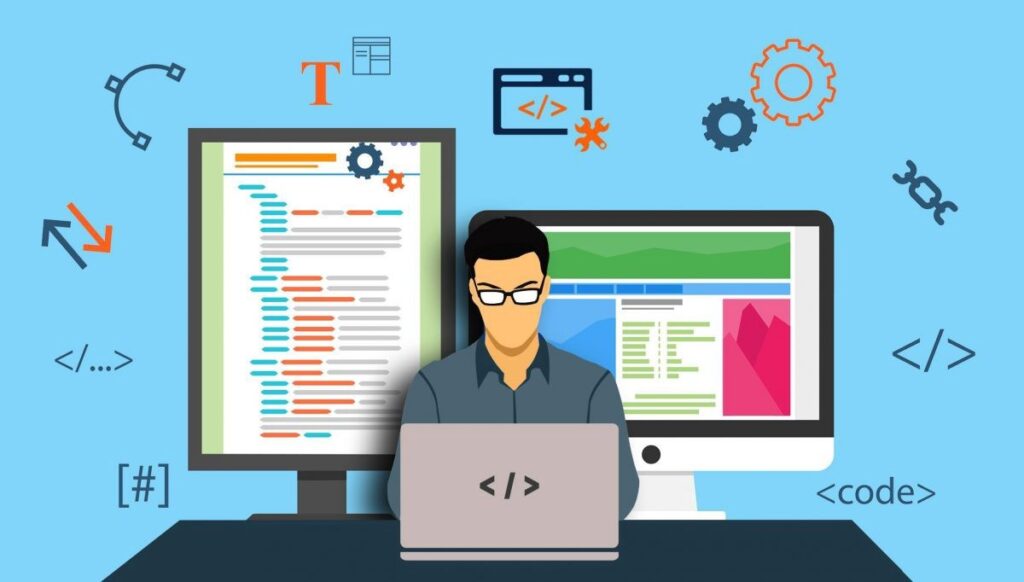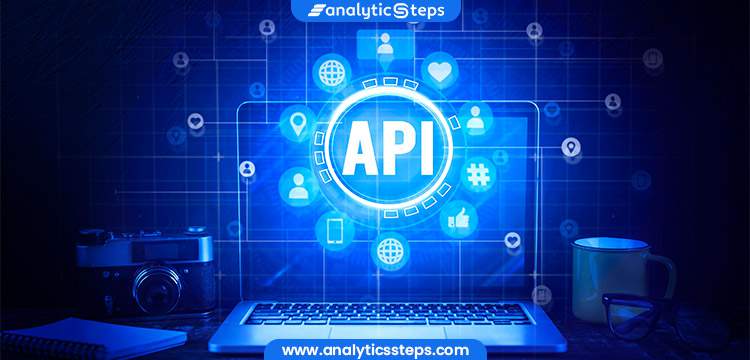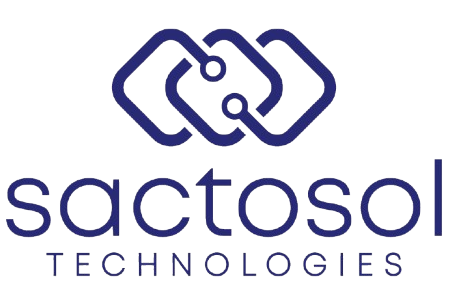Complete Guide to Becoming a Full Stack Web Developer in 2025

Do you ever get curious to know about what it takes to become a full stack web developer?
Think of someone creating websites and applications that look amazing and work smoothly, both on the outside (what users see) and the inside (how it functions).
But What is a Full Stack Web Developer in Actual?
A full stack developer is someone who can handle both the frontend (the design and user interface) and the backend (the server and database) parts of a website or an application.
It’s basically like building a house. The frontend is the paint, furniture, and decorations, while the backend is the foundation, plumbing, and electricity that make it all work.

Frontend Development
Frontend development involves working on everything that users see. This includes:
Buttons
These are clickable elements designed to perform specific actions, such as submitting a form, navigating to another page, or triggering a function like opening a pop-up. Buttons are styled using CSS to ensure they are visually appealing and easy to interact with.Text
This includes all the written content on a webpage, from headlines and paragraphs to labels and instructions. Frontend developers use HTML to structure the text and CSS to style it for readability, including adjusting fonts, sizes, and colors.Images
Visual elements that not only enhance the appearance of the site but also serve functional purposes, such as displaying products or offering visual cues. Images need to be optimized for faster loading and styled to fit into the website design.Layouts
The overall arrangement of components on a webpage. Layouts determine how content is presented and ensure that the design is intuitive, organized, and responsive across different devices and screen sizes.
Frontend developers use tools and technologies to make all of this work:
HTML (HyperText Markup Language):
The backbone of web content, HTML structures everything on the page, including text, links, images, and multimedia.CSS (Cascading Style Sheets):
This language handles the visual styling of web pages, such as setting colors, aligning elements, and defining fonts and margins.JavaScript:
A scripting language that enables dynamic and interactive features. Examples include animations, dropdown menus, modals, image sliders, and form validations.
Frontend developers often rely on frameworks and libraries like React, Angular, and Vue.js to streamline their work and improve efficiency.

Backend Development
While the frontend is all about what users see, the backend focuses on making everything function smoothly behind the scenes. It handles data storage, retrieval, processing, and other operations critical to a website or application.
Servers:
These are computers or software systems responsible for receiving user requests (like loading a page or submitting a form) and delivering the correct response, such as a webpage or confirmation message.Databases:
These systems store, manage, and organize all the information needed for the application to function. For instance, MySQL and MongoDB are popular databases used to store user accounts, product information, or order details.

APIs (Application Programming Interfaces):
APIs act as bridges that allow different applications or systems to communicate with each other. For example, an API might enable a weather app to display real-time weather data from a third-party service. Backend developers use programming languages to build and manage these systems:PHP:
A server-side scripting language widely used for creating dynamic websites and applications. PHP is the backbone of WordPress development.Python:
Python is commonly used for backend tasks like data processing and automation.js:
A runtime environment for JavaScript that enables developers to use it on the server side, making it possible to create scalable and fast backend systems.
How Does WordPress Fit Into Full Stack Development?
What Is WordPress?
WordPress is a platform that makes building websites easier. You can create blogs, business websites, and even online stores without needing to code much.
Why Learn WordPress Development?
- Beginner-Friendly: You don’t need to be a coding expert to get started.
- Widely Used: It powers over 40% of the internet, making it a valuable skill.
- Flexible: You can customize it for any type of website or business.
What Is Custom WordPress Development?
Custom WordPress development means creating unique and personalized designs, plugins, and features for WordPress websites. It goes beyond using ready-made templates or plugins by personalizing every aspect of a website to fit specific needs.
Custom Themes:
These are personalized designs created from scratch to give a website a unique look and feel.Custom Plugins:
Plugins add extra functionality to a website. With custom development, you can create plugins that cater to unique requirements, such as booking systems for appointments, photo galleries, or advanced SEO tools.E-Commerce Stores:
Custom WordPress development is also used to build online stores. This can include personalized checkout processes, product filters, and unique features that enhance the shopping experience.
Why is custom WordPress development important? Because businesses often want websites that are different from others and meet their unique needs. Knowing how to create custom WordPress solutions makes you different from all the ordinary ones in the market.
What Is the Role of PHP in Full Stack Development?
PHP is a backend programming language that helps developers create dynamic and interactive websites. It is widely used and forms the backbone of WordPress.
Many businesses hire PHP developers or companies because it offers several advantages:
- Speed: PHP processes requests quickly, which helps websites load faster and gives users a smooth experience.
- Reliability: PHP has been around for decades, and millions of developers trust it to build secure and stable websites.
- Easy to Learn: PHP is beginner-friendly, with plenty of tutorials and guides available online.
Steps to Become a Full-Stack Web Developer
Becoming a full stack developer means learning how to build both the frontend (what users see) and backend (how websites work behind the scenes) of websites.
Here’s a simple step-by-step guide:
1. Learn the Basics of Web Development
- HTML (HyperText Markup Language): This is used to create the basic structure of a website, like headings, paragraphs, and images.
- CSS (Cascading Style Sheets): CSS is used to style your website, such as adding colors, fonts, and layouts to make it visually appealing.
- JavaScript: This adds interactive elements like forms, buttons, and animations.
2. Frontend Frameworks
Frontend frameworks like React or Vue.js make coding easier and help you create professional-looking websites faster. These frameworks allow you to organize your code better and build interactive websites more efficiently.
3. Learn Backend Development
- PHP or Node.js: These languages help handle the server-side of a website, such as storing data or managing user accounts.
- Databases: Learn to use databases like MySQL or MongoDB to store and retrieve information from a website.
4. WordPress Development
- Start with basic WordPress tools to build simple websites.
- Experiment with custom themes and plugins to understand how WordPress works behind the scenes.
- Create small projects to practice your skills, like building a blog or an online store.
5. Work on Real Projects
- Build your own portfolio website to showcase your skills.
- Create small applications, such as a to-do list or a weather app, to practice combining frontend and backend skills.
- Offer to create websites for friends, family, or small businesses to gain real-world experience.
6. Stay Updated
- Follow blogs, forums, and online communities to learn about new trends and tools.
- Take online courses or attend coding boot camps to sharpen your skills and learn new techniques.
Conclusion
Becoming a full stack web developer is an excellent career choice in today’s tech-driven world. Whether you’re designing stunning websites with custom WordPress development or planning to build your command over backend languages like PHP, there’s always something exciting to learn.
At first, the journey might seem overwhelming, but take it one step at a time. Start with the basics, work on real projects, and practice every day. Over time, you’ll gain the skills and confidence to build anything you can imagine.
So, what are you waiting for? Begin your journey into full stack development today! We’re in this with you, and we believe, you’ll rock it!

